Frozen Charlotte doll head pendant - doll jewelry
With a nod to days gone by, a small doll head pendant charm to suspend from a necklace or bracelet chain, the sweet little head from a small Frozen Charlotte doll. Historic whimsical kitschy doll jewelry.
- approximate head measurement - 1/2” (13mm) including the one small loop at the top x 3/8” (8mm) width
- the small doll head is 3D and detailed all around
- the last photo depicts this small frozen charlotte doll head next to the smaller, tiny doll head pendant offered here.
- photographed with a US dime and an inch ruler for scale
- doll head metal - solid sterling silver (.925 silver)
- this is for the charm only, the chain in the photos is sold separately here.
Hand crafted from part of a Victorian era bisque porcelain penny doll which dates back to 1850 - 1920. The doll is now commonly referred to as a Frozen Charlotte. I have sand cast the doll face ... the sand cast texture meant to look like a relic that has been unearthed after years in the ground, the years that have passed since we last thought about playing with dolls ... from the porcelain doll face, so perfect and pure at birth, to now and how time, and life, has changed us, aged us, made us better ... the older and wiser treasures we are today.
Then this has been lost wax cast in sterling silver … because how it’s made does matter.
Find more necklace chains here and more frozen Charlotte playing with dolls jewelry here.
The original penny dolls were rigid one piece, un-jointed bisque porcelain dolls made during the 19th and early 20th centuries and most were made in Germany. The one inch sized dolls were commonly known as penny dolls or penny babies because they generally sold for one cent. The popularity of the penny dolls can be attributed, in part, to the fact that their relatively low price allowed children to accumulate a collection of dolls with which to play. The tiniest dolls were often used in doll houses and some were even baked in cakes and puddings, hidden as favors or fortunes.
Their sizes ranged from 1” to 18” and the dolls were undressed in a standing position so children would make clothes for them to wear. Some dolls were made by glazing the front but not glazing the back so that they would float on their backs in the tub ... bathing babies.
Now the dolls are commonly known as Frozen Charlottes, after a cautionary tale based on a real event (1840) in which a girl froze to death on the sleigh ride to a winter ball … which sparked a poem by Mrs. Seba Smith (1841)
“A Corpse Going to a Ball” and tells how a young man took Charlotte to a winter ball by sleigh one very cold evening. Charlotte was too proud to wrap up in the blanket and by the time they reached the party she was frozen to death.
Impressed with history!
©2024 suegray jewelry

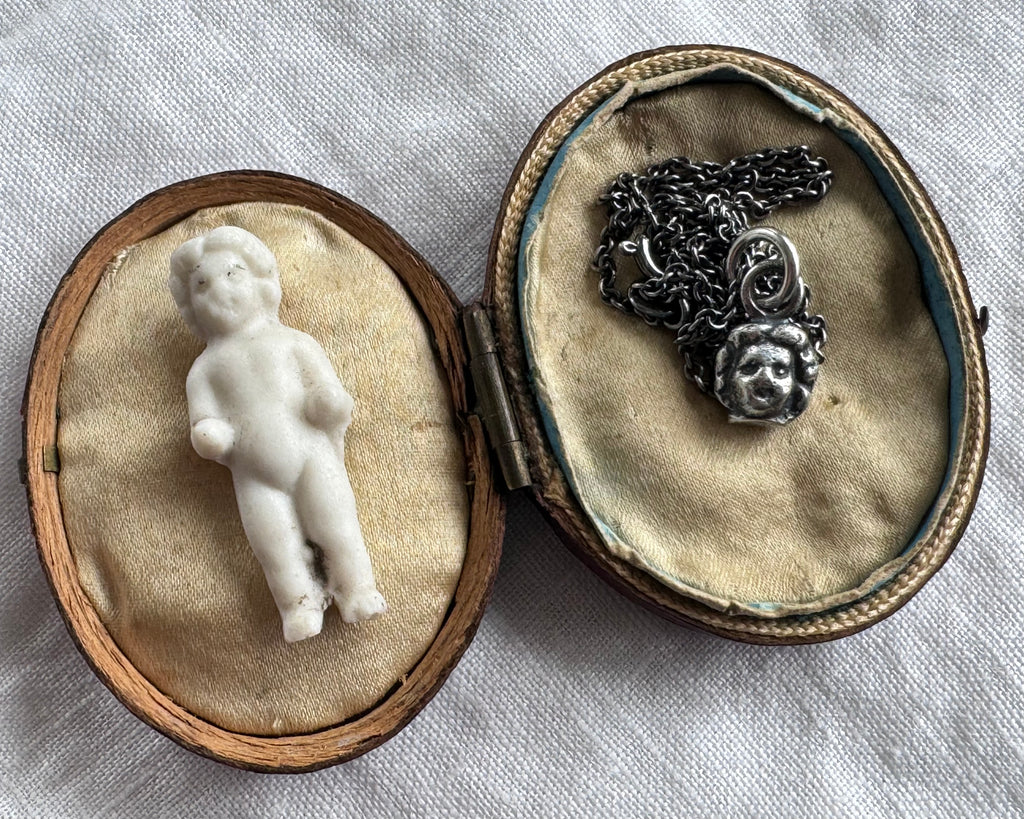
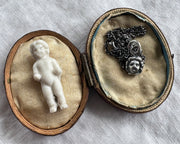
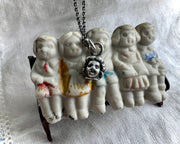
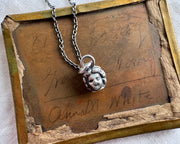
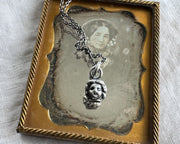
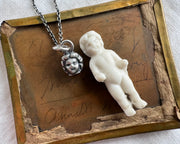
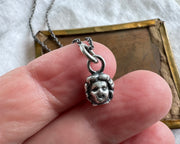
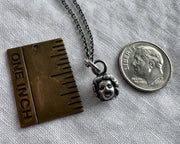


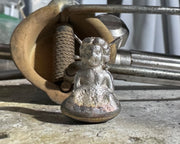
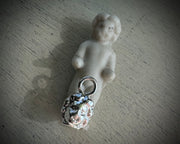
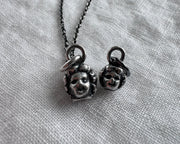

 Pin it
Pin it